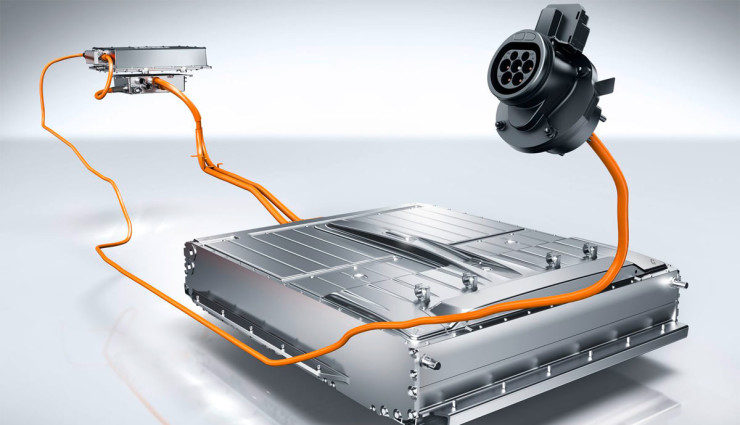How to maintain your EV’s Battery life

EV Battery Life- How to make sure your electric car battery last for many years
Typically Electric car batteries measure in kWh with the size of the battery being the biggest determinent of EV range. Hybrids tend to have between 10-24kW of range while many pure EV’s can range from 24kW-100kWh of battery capacity. Before we go further lets just quickly look at how hybrid EV’s such as the Volkswagen eGolf, Mitsubishi Outlander, BMW i3 REX compare to the full electric Tesla and Renaults.
With many Tesla and full Ev’s the Lithium Ion batteries weighing a few hundred kilograms lay on the floor of the car, to improve the balance and center of gravity, essentially making the car handle better. With hybrids, we need to balance an electric motor and batteries with the range extending petrol engine.
Now let’s see how we can make our EV’s last for many years to come.
Let’s look at the Tesla Roadster- The one before the Model S. It was released in 2008 so we have almost 10 years of Tesla charger data available.
The full capacity of the Tesla should give drivers roughly 300 to 500 cycles at full discharge. We jump in every day and drive our beautiful all-electric Roadster through 400 cycles of 300km, it translates to 120,000kms. But there’s a way to make our batteries last longer!!
Do we completely discharge our batteries on every drive? According to Australian Bureau of Statistics, we drive 40km per day, which means often we only partially discharge the battery. When we study a Tesla Roadster that gets plugged in regularly after a few km’s on the road ie 50% or 150km a day we find the battery life increases to 1200-1500 cycles. Over 380,000kms!! Petrol engines are often in the recycling center at 200,000kms with about as much resale value as hot chips from your local fish and chips shop.
What reduces battery life?
-
- Low levels of charge.The battery will last longer if it is generally around a third to half charged.Plug your car into a charger when you’re at home. Upgrade from the slow EV charger to something that delivers reasonable charging speed such as a Tesla Charging Station.
-
- Hot temperatures (particularly over 30°C) reduce battery life. Excessive fast-charging will slightly reduce battery life. (hence the “80% charge” on DC chargers. This takes years
-
- Aggressive driving patterns. Drive your EV to the limits and your battery will reduce in lifespan faster. Pg 86 on the Tesla manual clearly states to not let your EV charge go to zero! Plugging into a Tesla charger when at zero may not always be enough to rejuvenate the battery. Thankfully their are safety designs inbuilt to prevent this from happening.
- Not plugging in. These ones simple. if your battery drops to zero too often you’ll find yourself having to buy a new battery


